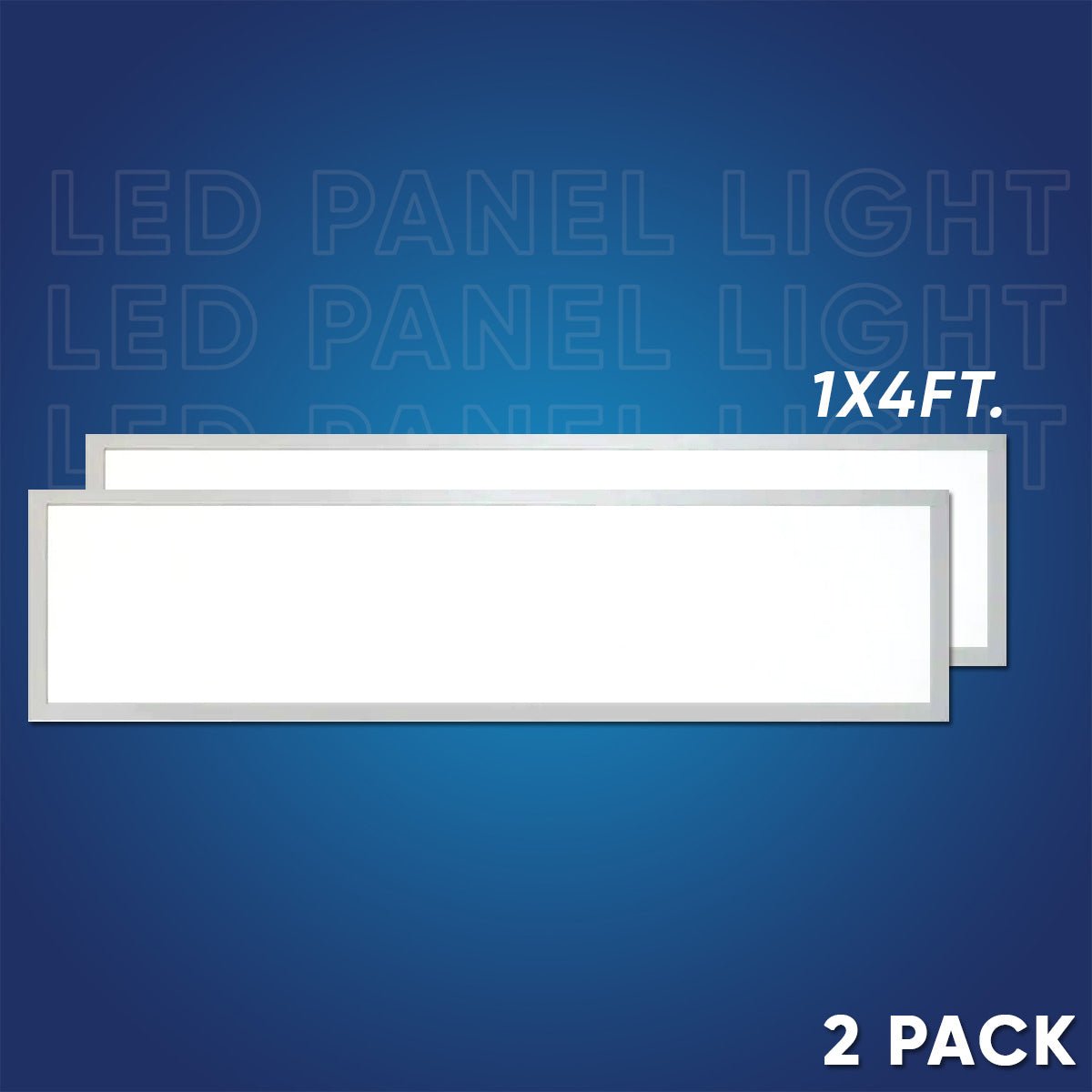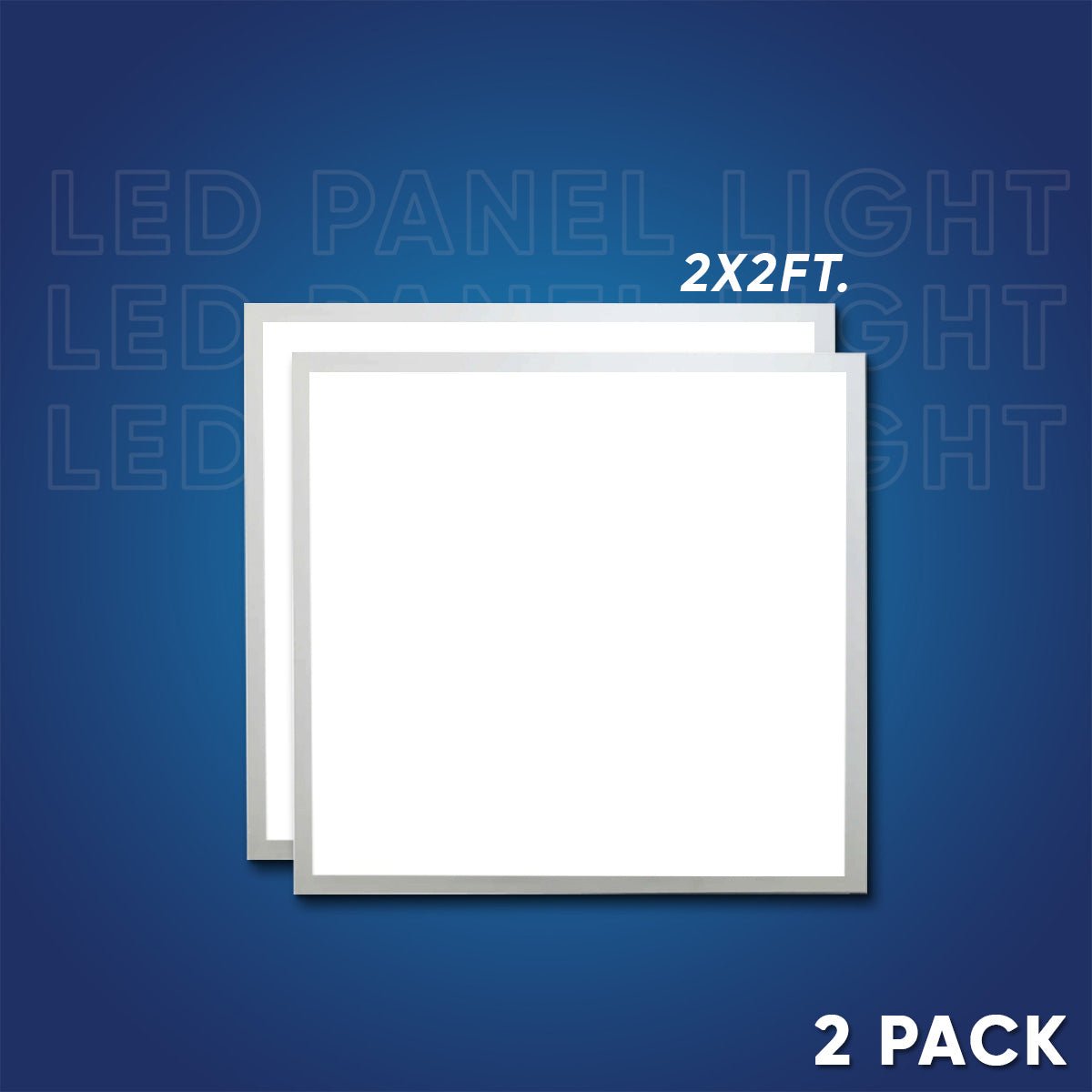In today's fast-paced world, LED lighting has become increasingly popular due to its energy efficiency, long lifespan, and versatility. LED Panel lights, in particular, are widely used for various lighting applications in both residential and commercial settings. These panels offer a sleek and modern lighting solution that can enhance the aesthetics of any space while providing efficient illumination. In this article, we will explore the different types of LED panel lights and their unique features, helping you choose the right option for your lighting needs.
Table of Contents
- Introduction
- Understanding LED Panel Lights
- Types of LED Light Panels
- 3.1 Edge-lit LED Panels
- 3.2 Back-lit LED Panels
- 3.3 Direct-lit LED Panels
- 3.4 Tunable White LED Panels
- 3.5 RGB LED Panels
- 3.6 Dimmable LED Panels
- 3.7 Emergency LED Panels
- 3.8 Customizable LED Panels
- Factors to Consider When Choosing LED Panel Lights
- Benefits of LED Panels
- Installation and Maintenance Tips
- Conclusion
- FAQs
1. Introduction
LED Panel Lights have revolutionized the lighting industry with their energy efficiency, durability, and versatility. They are widely used in various applications, including offices, schools, hospitals, retail stores, and residential spaces. These panels offer a cost-effective and eco-friendly lighting solution that can significantly reduce energy consumption while providing high-quality illumination.
2. Understanding LED Light Panels
LED Panel Lights consist of a flat surface with integrated light-emitting diodes (LEDs). These LEDs emit light when an electric current passes through them, producing a bright and even illumination. LED panels are designed to distribute light uniformly, eliminating shadows and glare, and providing a comfortable lighting environment.
3. Types of LED Light Panels
3.1 Edge-lit LED Panels
Edge-lit LED panels feature LEDs positioned around the edges of the panel, directing the light towards the center. They utilize a light guide plate to distribute the light evenly across the panel's surface. These panels are known for their slim profile and are ideal for spaces with limited ceiling height.
3.2 Back-lit LED Panels
Back-lit LED panels have LEDs positioned at the back of the panel, facing the diffuser. The light is evenly distributed across the panel through a diffuser, creating a uniform illumination. These panels offer excellent brightness and are commonly used in commercial settings such as offices and retail spaces.
3.3 Direct-lit LED Panels
Direct-lit LED panels have individual LEDs distributed across the entire surface of the panel. These panels provide a high level of brightness and are suitable for spaces that require intense illumination, such as warehouses and industrial facilities. Direct-lit panels are also known for their robust construction and long lifespan.
3.4 Tunable White LED Panels
Tunable White LED panels allow you to adjust the color temperature of the light, ranging from warm white to cool white. This feature enables you to create different lighting moods and adapt the ambiance of the space according to your needs. Tunable White panels are commonly used in applications where dynamic lighting is desired, such as art galleries and hospitality venues.
3.5 RGB LED Panels
RGB LED panels offer the ability to produce a wide range of colors by combining red, green, and blue LEDs. These panels are often used for decorative purposes, allowing you to create vibrant and eye-catching lighting displays. RGB panels are popular in entertainment venues, architectural lighting, and stage lighting applications.
3.6 Dimmable LED Panels
Dimmable LED panels provide the flexibility to adjust the brightness level according to the desired ambiance or task requirements. These panels can be dimmed using compatible dimmer switches or control systems, allowing you to create a cozy atmosphere or increase the light output when needed. Dimmable panels are commonly used in residential spaces, restaurants, and hotels.
3.7 Emergency LED Panels
Emergency LED panels are designed to provide illumination in the event of a power outage. These panels feature an integrated backup battery that automatically activates when the main power supply fails. Emergency panels ensure a safe and well-lit environment during critical situations, making them suitable for areas where uninterrupted lighting is essential, such as hospitals and emergency exits.
3.8 Customizable LED Panels
Customizable LED panels offer the flexibility to create unique lighting designs tailored to specific requirements. These panels can be customized in terms of shape, size, color temperature, and even graphics or logos. Customizable LED panels are often used in retail spaces, corporate offices, and architectural lighting installations.
4. Factors to Consider When Choosing LED Panel Lights
When selecting LED panel lights, several factors should be taken into consideration:
- Brightness and Output: Determine the required level of brightness and the desired light output for the intended application.
- Color Temperature: Choose the appropriate color temperature that suits the space and the desired lighting ambiance.
- Energy Efficiency: Look for panels with high energy efficiency ratings to reduce electricity consumption and operating costs.
- Lifespan: Consider the lifespan of the LED panels to minimize maintenance and replacement requirements.
- Installation: Ensure the panels are easy to install and compatible with the existing electrical systems.
- Warranty and Support: Check for warranty coverage and after-sales support provided by the manufacturer or supplier.
5. Benefits of LED Panel Lights
LED panel lights offer numerous advantages compared to traditional lighting solutions:
- Energy efficiency and reduced electricity costs
- Long lifespan and low maintenance requirements
- Eco-friendly with no hazardous substances like mercury
- Instantaneous and flicker-free illumination
- Even light distribution without shadows or glare
- Versatile and customizable design options
- Compatibility with advanced lighting control systems
6. Installation and Maintenance Tips
To ensure optimal performance and longevity of LED panel lights, follow these installation and maintenance tips:
- Hire a qualified electrician for proper installation.
- Clean the panels regularly using a soft cloth or non-abrasive cleaner.
- Avoid exposing the panels to excessive heat or moisture.
- Inspect the panels periodically for any signs of damage or malfunction.
- Follow the manufacturer's guidelines for any specific maintenance requirements.

7. Conclusion
LED panel lights offer a versatile and energy-efficient lighting solution for a wide range of applications. Understanding the different types of LED panel lights allows you to make an informed decision when choosing the right lighting option for your needs. Whether it's edge-lit, back-lit, tunable white, or RGB panels, each type offers unique features and benefits. By considering factors such as brightness, color temperature, and energy efficiency, you can create an illuminated environment that enhances productivity, comfort, and aesthetics.
FAQs
Q1. Can LED light panels be dimmed?
Yes, many LED panel lights are dimmable, allowing you to adjust the brightness level according to your preference or specific requirements. However, it's important to ensure compatibility with a compatible dimmer switch or control system.
Q2. Are LED light panels suitable for outdoor use?
While LED panel lights are primarily designed for indoor use, thereare outdoor-rated LED panel lights available for specific outdoor applications. These panels are built to withstand the elements and provide durable and reliable lighting solutions for outdoor spaces.
Q3. Can I customize the size and shape of LED panel lights?
Yes, customizable LED panel lights are available, allowing you to tailor the size, shape, and even color temperature of the panels to suit your specific requirements. Customization options provide flexibility in creating unique lighting designs for various settings.
Q4. How long do LED panel lights last?
LED panel lights have a long lifespan compared to traditional lighting options. On average, LED panels can last up to 50,000 hours or more, depending on the quality of the panel and usage conditions. This extended lifespan reduces maintenance and replacement costs.
Q5. Do LED light panels save energy?
Yes, LED panel lights are highly energy-efficient. They consume significantly less energy compared to traditional lighting sources, resulting in reduced electricity costs. LED technology converts a higher percentage of energy into light, minimizing wasted energy as heat.
























































































